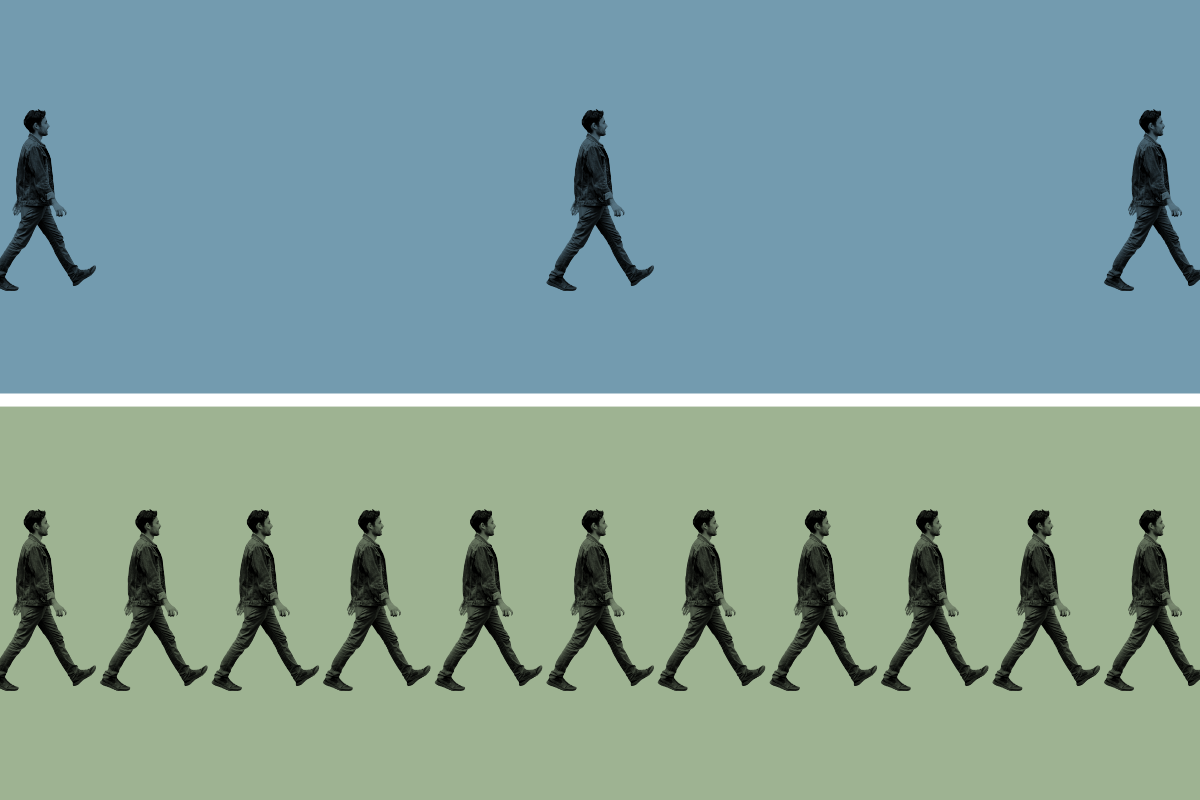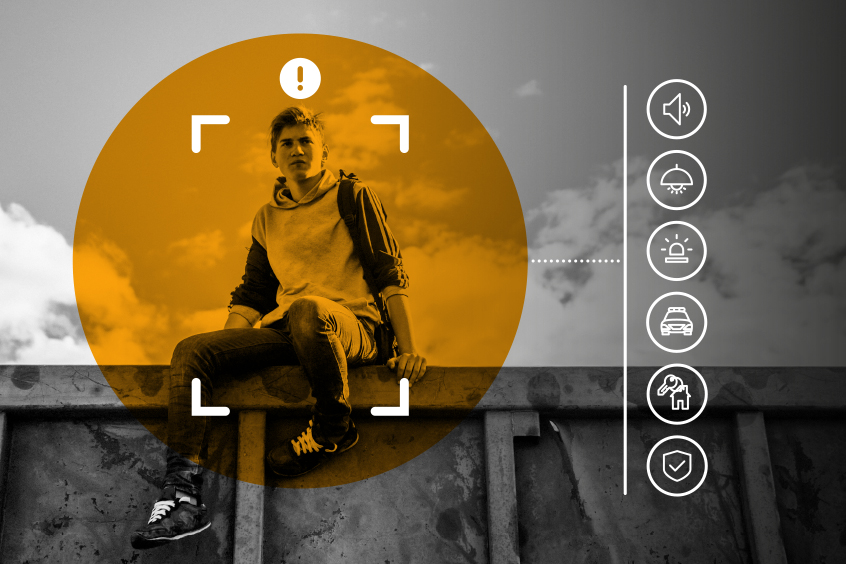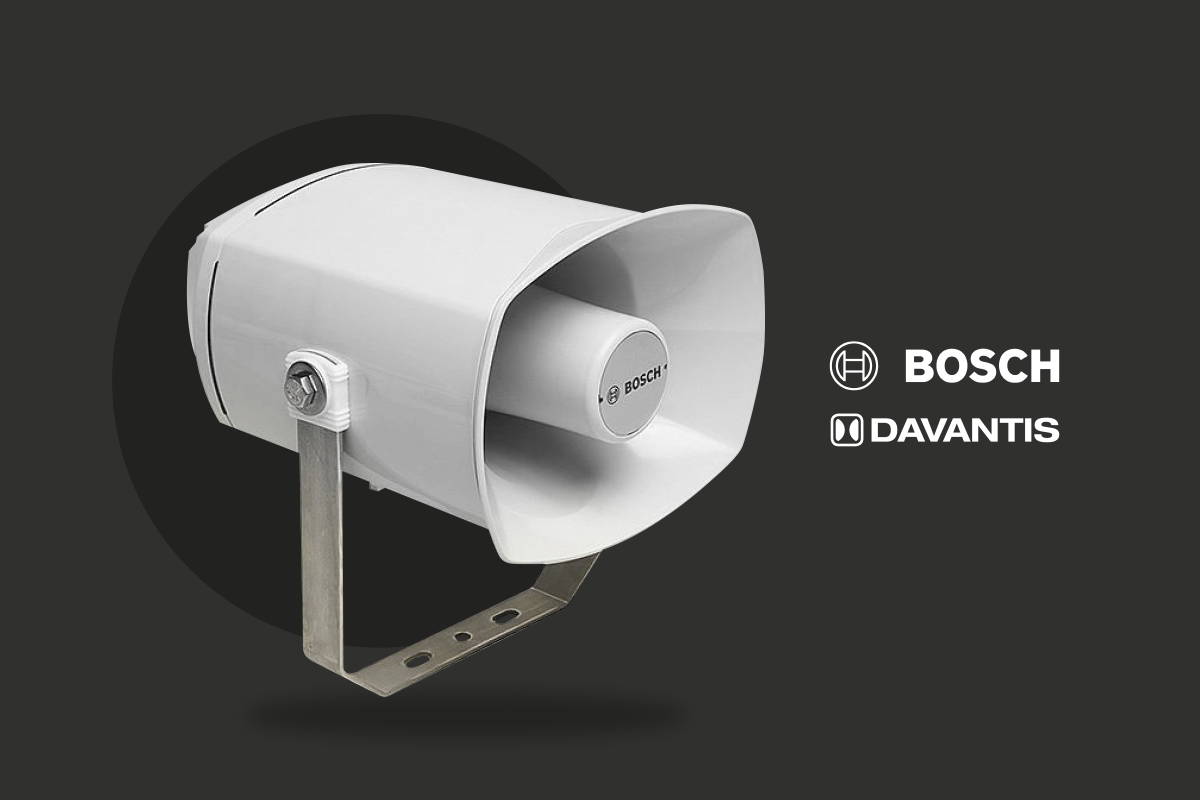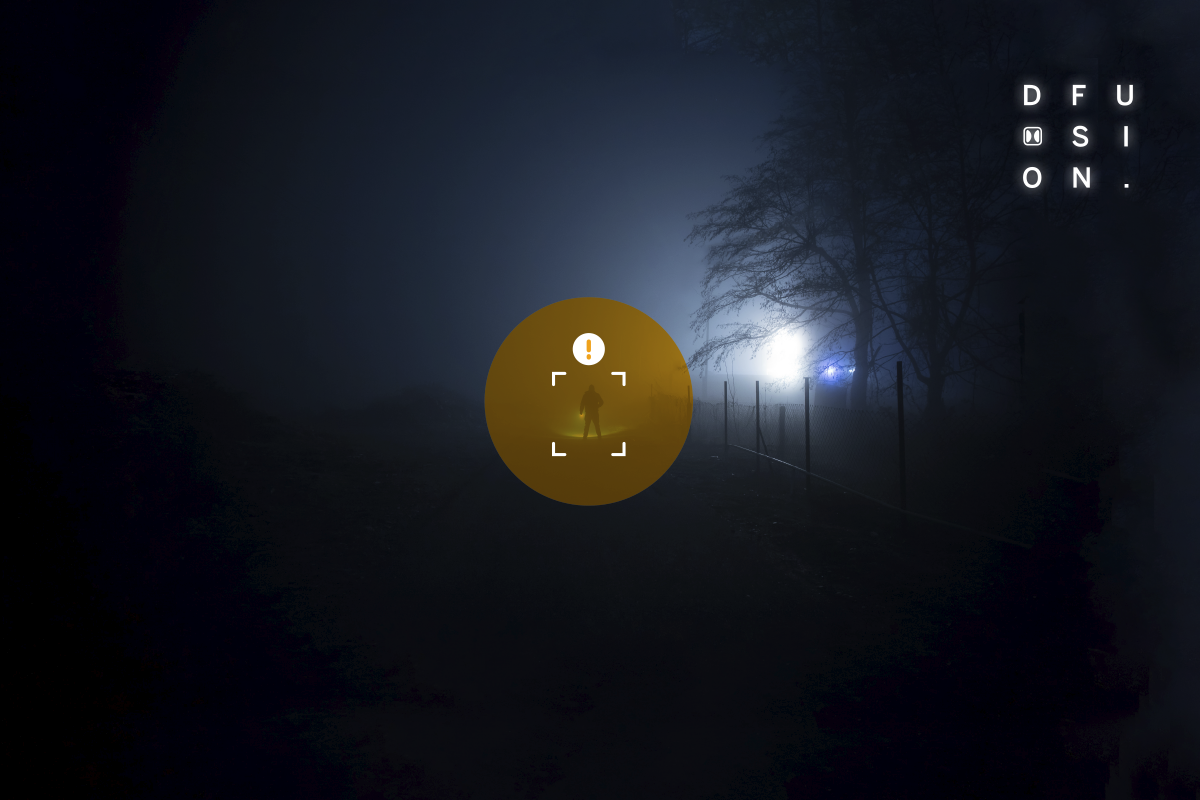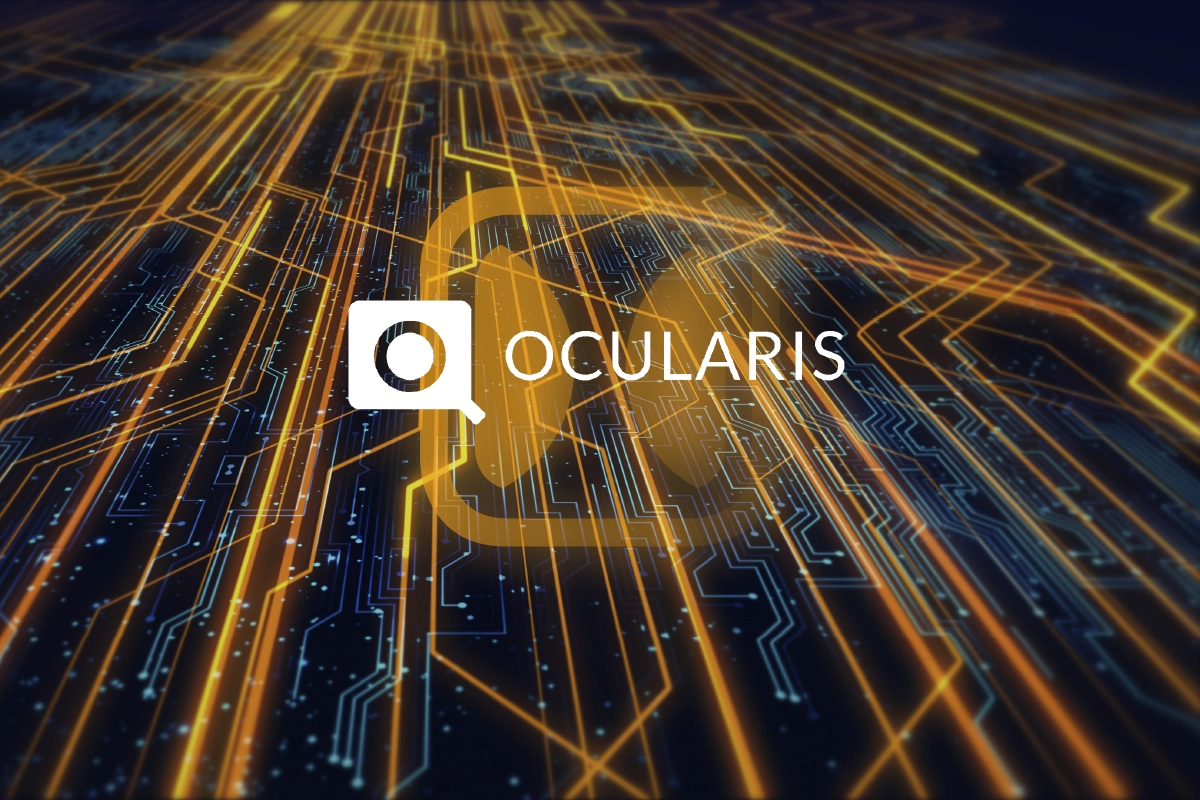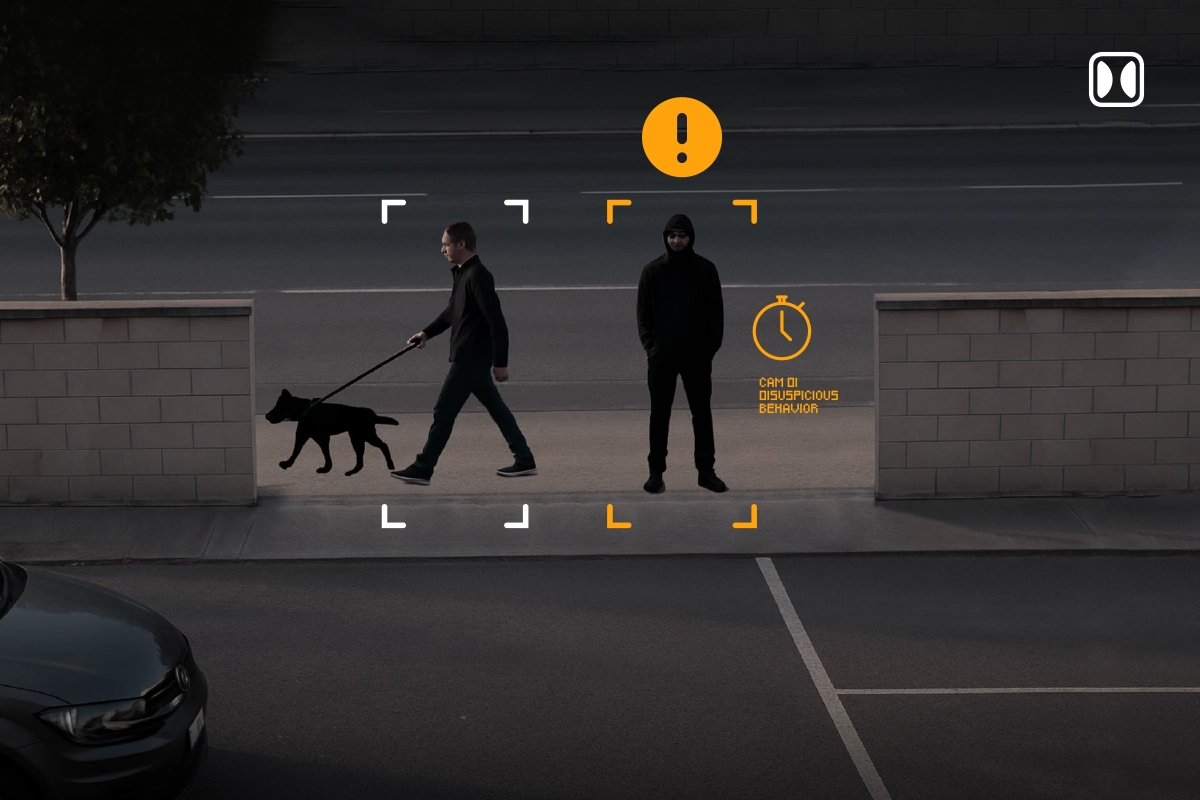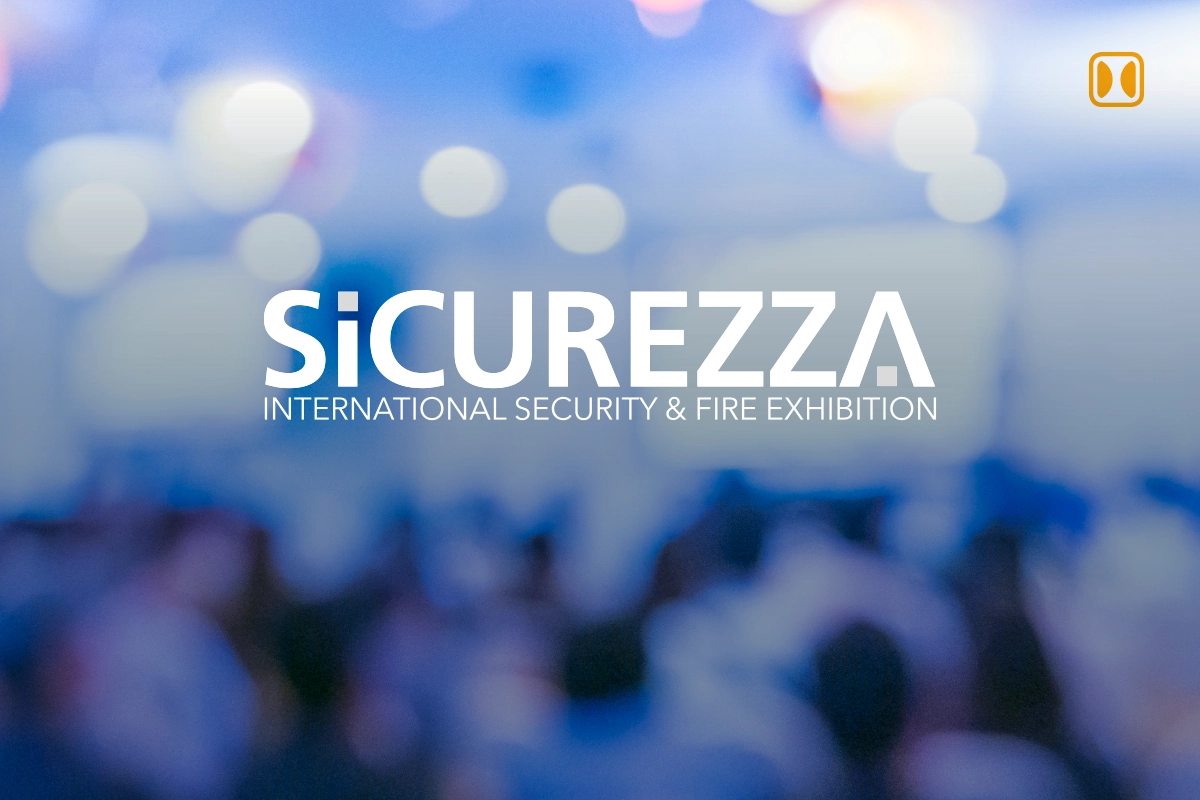The Fight Against False Alarms in Video Analytics
False alarms have long been one of the biggest challenges in video analytics systems within the security sector. To effectively address this issue, various AI-driven false alarm filtering solutions have been introduced to the market, promising maximum efficiency and precision. However, the question remains: are these technologies truly the best response? Is double alarm filtering the best option?
Discover how to effectively combat the major problem of false alarms in security!
How Local Video Analysis Works
Local video analysis systems process video feeds directly from surveillance cameras, either through devices or embedded software within the cameras themselves. These systems operate at 25 frames per second (fps), allowing them to leverage vast amounts of data to detect real intrusions with high accuracy. The high frame rate enables precise motion analysis and reduces the likelihood of missing critical events that could pose a security risk to any facility.
AI Cloud Filtering: A Compromise in Accuracy?
On the other hand, AI filtering platforms typically operate in the cloud and are connected to a monitoring center. Unlike edge systems, these do not process a continuous video stream but instead analyze short clips or a few frames per second, usually between 2 and 6 fps.
This drastic reduction in the amount of processed information raises a concern: can a system that analyzes only a fraction of the original data make accurate decisions?
The Problem with Double Alarm Filtering: Fewer Data, Greater Risk
Now, what happens when a 25 fps video analysis system is combined with a 3 fps filtering platform? The detection process ultimately relies solely on 3 fps. This has a direct impact on the effectiveness of false alarm filtering since the amount of data available for decision-making is drastically reduced.
If these few frames are unclear or fail to capture the intrusion properly, the risk of missing a real threat increases significantly. In other words, rather than improving detection, double filtering could limit it, creating a false sense of security.
The risk is influenced by various factors, such as the quality of captured images. Imagine if these few frames were blurry, unclear, or poorly captured—the likelihood of missing real intrusions would rise significantly. Thus, this “double filtering” approach introduces a bottleneck that may compromise security instead of enhancing it.
False Alarms as a Key Security Challenge
The impact of false alarms varies by sector. Some industries have stricter security policies and strategies. Let’s examine some particularly vulnerable industries:
- Critical Infrastructure: Airports, power plants, and other high-security sites require precise detections to prevent costly or dangerous false alerts.
- Logistics and Warehousing: Large facilities with constant movement need reliable analysis to distinguish between authorized personnel and potential threats.
- Commercial and Retail Spaces: Reducing false alarms helps security teams focus on real threats and minimize unnecessary interventions.
- Residential: Accurate detections enhance security while avoiding disturbances for residents.
Poorly implemented filtering in any of these industries not only affects operations and trust in security systems but also exposes critical vulnerabilities that malicious actors could exploit.
DFUSION: A Smarter Alternative in Security
At DAVANTIS, we have spent years developing intelligent technologies based on AI algorithms that combine appearance and movement to enable early and precise intruder detection. Unlike filtering systems, DFUSION guarantees high-performance detection by analyzing video locally instead of relying on cloud-based filtering. This prevents errors caused by technical issues such as network delays or image loss, ensuring maximum real-time accuracy.
Local vs. Cloud Filtering
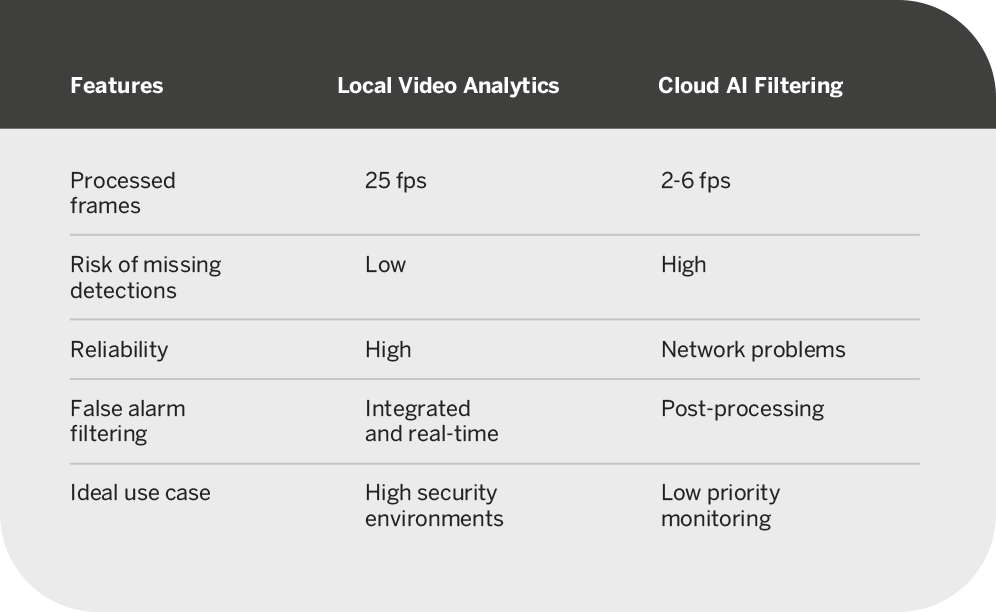
Final Thoughts
AI-based false alarm filtering is a valuable tool, but it is crucial to assess how and where it is applied. Combining local video analysis with cloud-based filtering may compromise detection quality.
When choosing a security solution, it is essential to consider the amount of processed data and the latency introduced by a cloud-based system. Striking the right balance between local processing and intelligent filtering can make the difference between effective detection and a latent vulnerability.
Is double filtering the best strategy? The answer depends on the application and context in which it is implemented, but one thing is clear: more data leads to more accurate decisions and more reliable security.
Solutions like DFUSION, which process image and video analysis locally, offer a more reliable and effective alternative.
Discover how AI-powered video analysis can take your security system to the next level!
